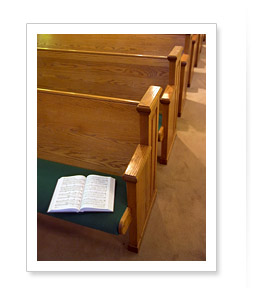ChurchWardens.com
KEEPING GOD'S HOUSE AS YOUR OWN
Election of Churchwardens

Most parishes today have two elected Churchwardens who are of equal status. Historically, wardens have been of two types: The People's Warden, who is elected annually by the congregation as a whole (usually at the beginning of the Annual Vestry Meeting) and the Rector's Warden, who is usually appointed by the priest incumbent. If the living is vacant at the time of the Annual Vestry Meeting, the appointment of one Churchwarden may be made by the Area Dean. If a Priest-in-Charge is looking after the Parish, he makes the appointment. However, this distinction between People’s and Rector’s Warden has been abolished in several areas of the Anglican Communion, notably in England.
In some jurisdictions (but not in England) where a parish temporarily has no priest, is not self-supporting, or in which the parish board has been dissolved, wardens are appointed directly by the bishop and are called Bishop's Wardens. The canons of some U.S. dioceses permit or mandate the election of all wardens, in which case they are usually referred to as the "Senior Warden" and the "Junior Warden."
Wardens serve for a fixed term, usually between one and two years. Upon election, they usually automatically become members of the parish council committee, and sometimes automatically become delegates to the Diocesan Synod as well.